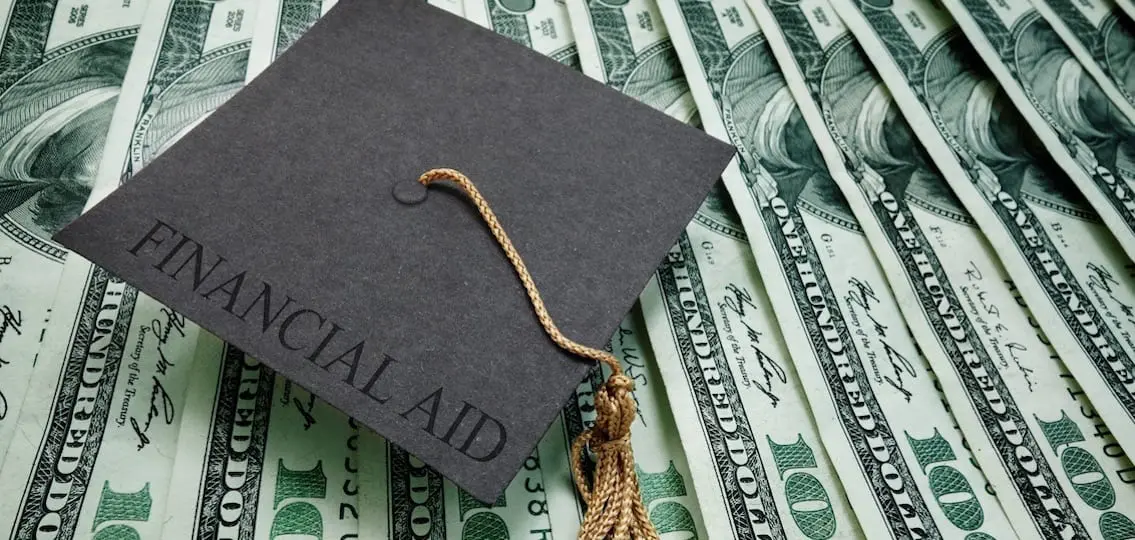Most parents feel daunted by the idea of paying for college.
And college sticker prices don’t help. Many private colleges now have sticker prices of upwards of $60,000 a year. Public colleges cost less, but flagship public campuses still often have sticker prices of more than $25,000 for in-state students (much more for out-of-state).
Does that mean you’ll have to pay $25,000 to $60,000 a year for college? Not necessarily. The majority of students do not pay sticker price, but that only happens if you do your homework before your student applies to college. You’ll need to find colleges that will offer your family the best deal, and that varies considerably from family to family. For some families, public colleges will offer the lowest tuition, but for other families, private colleges may actually cost less. Here’s what you need to know to find an affordable college for your student.
Understanding How Financial Aid Works
Most families are awarded some amount of financial aid by the college their student attends. So, understanding how financial aid works is the first step to getting the best deal.
When colleges use the term “financial aid,” they’re talking about two different kinds of aid. The first kind is self-help aid — in the form of loans, mostly — which is money your teenager will have to pay back. As such, it does not lower your actual cost of college (it just defers those costs to a future date).
The second kind of financial aid is gift aid, which includes scholarships and grants that your teenager will not have to pay back. This is true financial aid, and the more of it your student can get, the lower your costs will be.
Gift aid comes in two forms: need-based aid and non-need-based aid. Need-based aid is money awarded based on your family’s financial “need” (as determined by your family’s annual income and assets). In general, the higher your income, the less need-based aid your family will qualify for.
Non-need-based aid (often called merit aid) is money that is awarded for your teenager’s accomplishments — academic achievement, but also sports, music, and other talents or activities. All families, regardless of income, are eligible for merit aid at the colleges that offer it.
Colleges vary greatly in the types (and amounts) of financial aid offered to applicants. Some colleges will meet 100 percent of an applicant’s financial need; other colleges meet much less. Some colleges offer merit aid; others do not.
Comparing Similar Colleges
In fact, it’s not unusual for schools that are similar in almost every way to offer different kinds of financial aid. Take Williams College and Kenyon College. Both are selective, small, private liberal arts colleges in rural settings. Williams provides no merit aid, though it’s generous with need-based aid (it meets 100 percent of need). Kenyon, on the other hand, is generous with need-based aid (it also meets 100 percent of need), but it offers merit aid too—to the tune of about $15,000 a year per student on average. That means, for higher-income families (who, as noted, get less — often no — need-based aid), Kenyon is likely to be a lower cost than Williams, while for lower-income families both Williams and Kenyon are a solid bet.

Now compare two bigger universities: Syracuse University and New York University. Syracuse meets 97 percent of financial need; NYU, on the other hand, meets only 70 percent of need. Both offer similar amounts of merit aid. That means for lower-income students, NYU is not going to be as good a deal as Syracuse; for higher income students, it’s probably a wash, given the similarities in merit aid. These kinds of scenarios play out over and over again, so it pays to do your research to figure out which schools are the right financial fit for your family.




